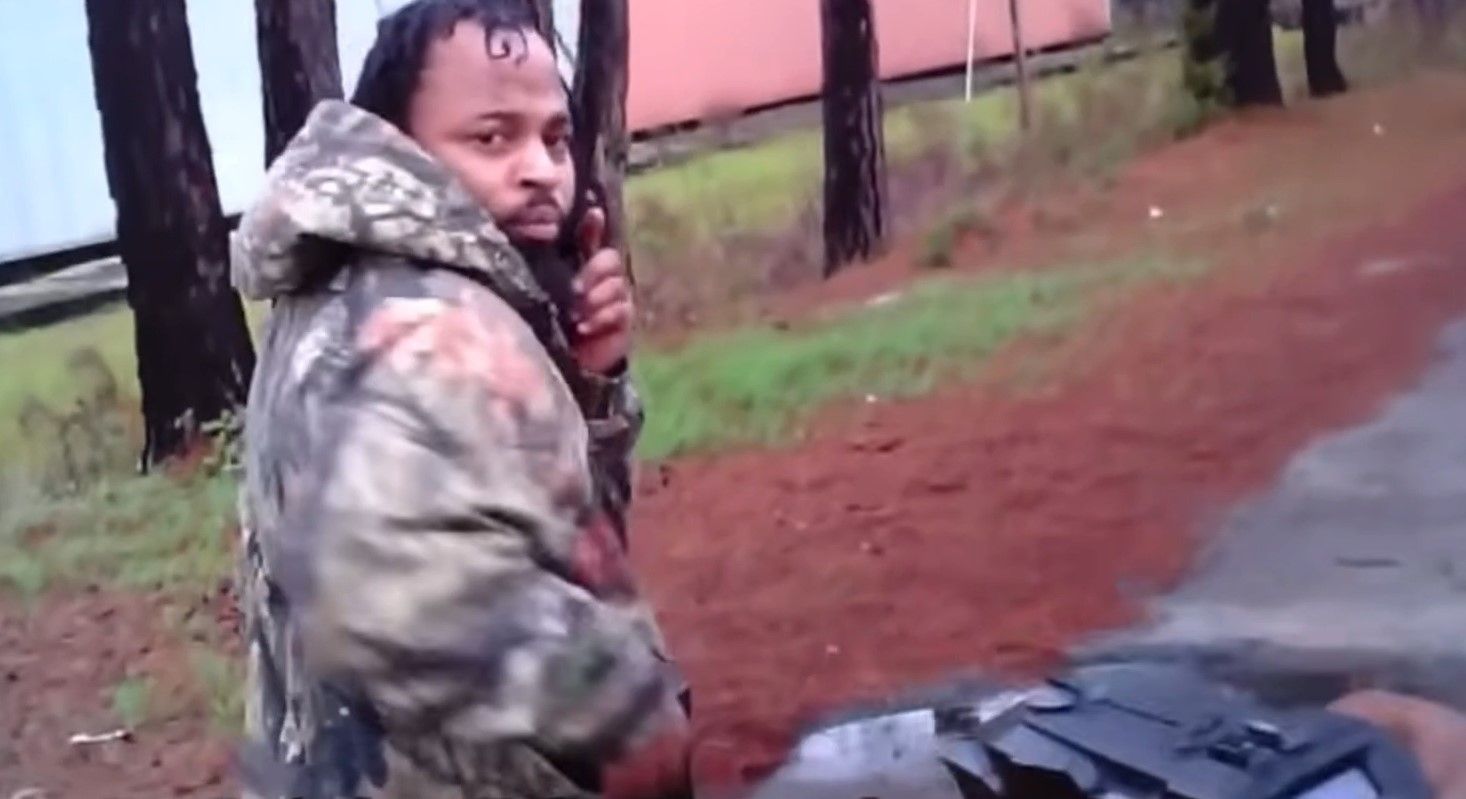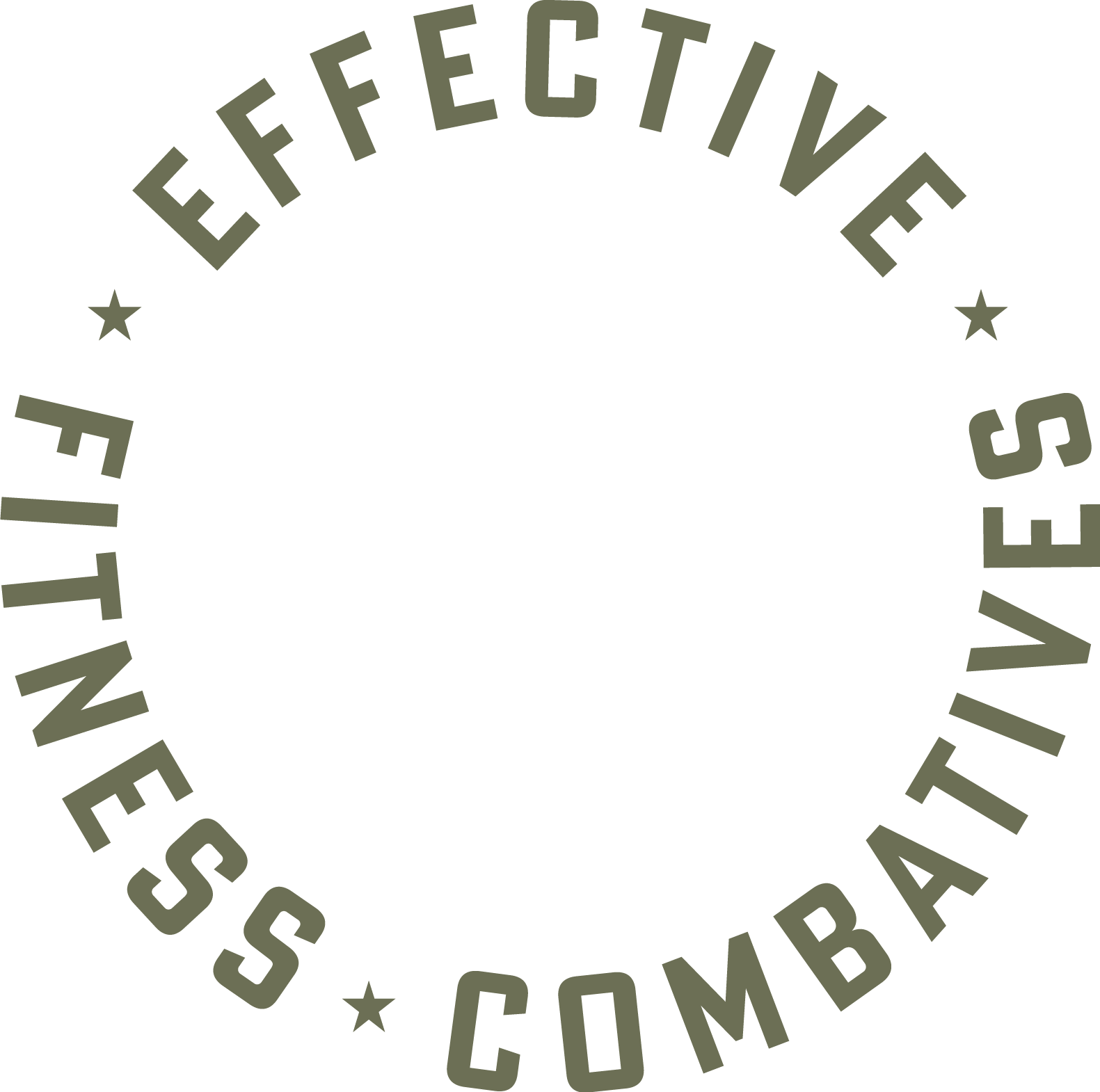In the world of law enforcement, every second can make a life-or-death difference. One of the most dangerous scenarios officers can face is encountering a suspect who is concealing a firearm that they can draw and fire in a matter of milliseconds. The time it takes for an officer to recognize this threat, react, and defend themselves is a matter of seconds. Reaction is always slower than action. This is why recognizing the behaviors associated with weapon presentation is an absolutely essential aspect of law enforcement training.
The Ticking Clock: A Matter of Split Seconds
Picture this: a suspect with their hands concealed in their pockets or hidden under clothing. In the blink of an eye, that seemingly innocent stance can turn into a deadly threat. Research and real-world incidents have shown that suspects can produce and fire a firearm in as little as 0.25 seconds when already grasping the firearm while it is concealed. For an officer, this is barely enough time to process the situation, let alone respond effectively.
The Officer's Dilemma: Recognizing ThreatS
Even the most seasoned officers need time to assess a situation and determine whether there's a genuine threat. In the case of concealed weapons, officers require approximately 0.5 seconds to recognize that the suspect's behavior indicates potential danger. This half-second is often crucial in understanding the context, evaluating body language, and identifying subtle cues that indicate the presence of a hidden firearm.
From Reaction to Response: The Complex Process
Once the recognition stage is complete, officers face the daunting challenge of transitioning from a state of reaction to a state of response. This involves movement, drawing their own weapon, and engaging the threat. Realistically, this process can take up to an additional 2 seconds, depending on factors like training, experience, and environmental conditions.
Training: The Key to Survival
The significance of recognizing weapon presentation behaviors cannot be overstated. Law enforcement agencies need to recognize the urgency of training officers to instinctively identify potential threats and respond with precision. Effective training equips officers with the ability to assess situations rapidly, interpret body language, and make split-second decisions that could save their lives and the lives of others.

Behavioral Cues: What to Look For
Unnatural Posture: Suspects may stand in a way that suggests they're concealing something. This is often demonstrated by keeping their hands unusually close to their body.
Constant Adjustments: Frequent tugging or shifting of clothing could indicate an attempt to keep a concealed weapon hidden.
Abnormal Focus: Suspects may be overly attentive to a specific area, potentially indicating the location of a concealed firearm.
Inconsistent Movements: Uneven weight distribution or unusual gestures could signify that a suspect is preparing to draw a weapon.
45-Degree Elbow Flare: We know from reviewing bodycam footage that when a suspect moves to present a weapon that is concealed, their elbow will flare to a 45-degree angle. This flare only occurs when something is being presented. Note they might be presenting something innocuous like a cell phone, but this still indicates they are presenting something, and the officer must give it immediate attention.
Conclusion: A Race Against Time
In the high-stakes world of law enforcement, every fraction of a second counts. The scenario of a suspect rapidly drawing a concealed firearm is a chilling reminder of the urgency officers face. The combination of recognition time, reaction time, and response time underscores the need for comprehensive training in recognizing weapon presentation behaviors. Police officers must possess the skills to make rapid, informed decisions that prioritize their safety and the safety of the community.
Law enforcement agencies must continue to invest in training programs that emphasize the identification of potential threats and equip officers with the tools to respond effectively. By mastering the art of recognizing weapon presentation behaviors, officers can better navigate the intricate dance between danger and survival, turning the tables on potential threats and emerging victorious in the critical seconds that truly matter.

Check out our Free Resource Guide on Vest Grip Break Techniques

